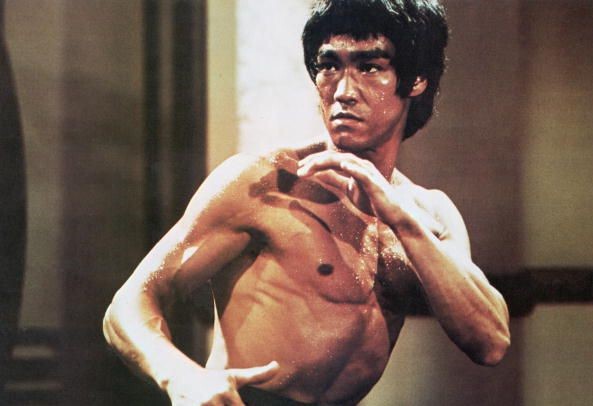
A recent study has pointed to excessive water consumption as the cause of Bruce Lee’s death. The circumstances that would have led to this death would have been unique, but exactly how is it possible to die from drinking too much water?
Lee’s death. On July 20, 1973, actor and martial arts expert Bruce Lee died in Hong Kong at the age of 32. The autopsy indicated that the cause of death was cerebral edema, that is, an excessive accumulation of water in the skull. This increases the volume of the brain and with it the potentially fatal pressure.
The problem is that the autopsy stopped thttps://magnet.xataka.com/un-mundo-fascinante/aparece-el-unico-combate-real-en-el-que-se-filmo-a-bruce-lee-peleando-y-el-resultado-es-pura-poesiahere, without delving further into what could have caused that edema. In the absence of certainties, Lee’s death became an event full of mystery. The death had all the ingredients to generate a myth.
Almost 50 years later, a Spanish team of researchers, analyzing different clues from the time, has postulated a hypothesis about what ended the life of Bruce Lee. He having consumed more water than his body was capable of processing, hyponatremia.
A question of balance. The possibility of suffering from this poisoning due to excessive consumption of water is striking. And the truth is that hyponatremia is extremely rare in young and healthy people. Hyponatremia occurs when the amount of sodium in our body is low compared to the amount of fluid in it.
The problem is that more is consumed than can be processed, and this may well happen because we consume too well. After all, our body loses the ability to process it. The water intake required for a healthy young person to reach these levels is gargantuan. Athletes and other people in demanding training are the people most likely to consume excessive volumes of water.
The exact amount can vary depending on many factors. It can occur because we consume a very high amount of water in a short period or because of a high and sustained consumption for several hours. It is estimated that the kidneys can eliminate between 0.8 and one liter of water per hour.
Not all water comes in a bottle. The amount of water recommended for healthy adults to drink per day is around three liters. As long as we don’t consume them in one sitting (or at least in a short period), this is pretty far from intoxicating levels.
What is often forgotten is that this figure does not only refer to the water we consume as such but also includes the water we ingest through food and other beverages. Fruits, vegetables, broths… but also rice, meat, and pasta. The concentration of this liquid can vary, but it is present in almost everything we consume.
Problems to empty ourselves. But our system does not always work correctly and sometimes our body loses the ability to process this liquid. Some drugs (and other substances such as the hormone vasopressin, MDMA, or ecstasy) can make this process difficult, for example.
Some medications such as opioids or sleeping pills can also end up causing this type of problem. Interestingly, diuretic drugs can reduce sodium in our body and thereby decrease its ratio to fluid in our body.
A cocktail of circumstances. Several of these circumstances came together in the case of Lee, one of the reasons why the team of investigators has pointed in this direction. Lee’s exercise and marijuana use may have caused Lee to consume more water than is recommended. Added to this is a diet low in soluble elements.
To this should be added the consumption of some diuretic and opioid medications and the possibility of kidney problems in the form of acute renal failure.
The dangers of dihydrogen monoxide. Water has its risks, but in healthy people, the greatest danger it implies is drowning. However, no substance is harmless, no matter how much it is one of the key ingredients of life on our planet. Perhaps, however, the story that best tells us about the need to keep a critical eye on our perception of risks is that of the young man who collected ( successfully tells the story ) signatures for the prohibition of this liquid. In the meantime, let’s remember to stay hydrated.

Sharlene Meriel is an avid gamer with a knack for technology. He has been writing about the latest technologies for the past 5 years. His contribution in technology journalism has been noteworthy. He is also a day trader with interest in the Forex market.











